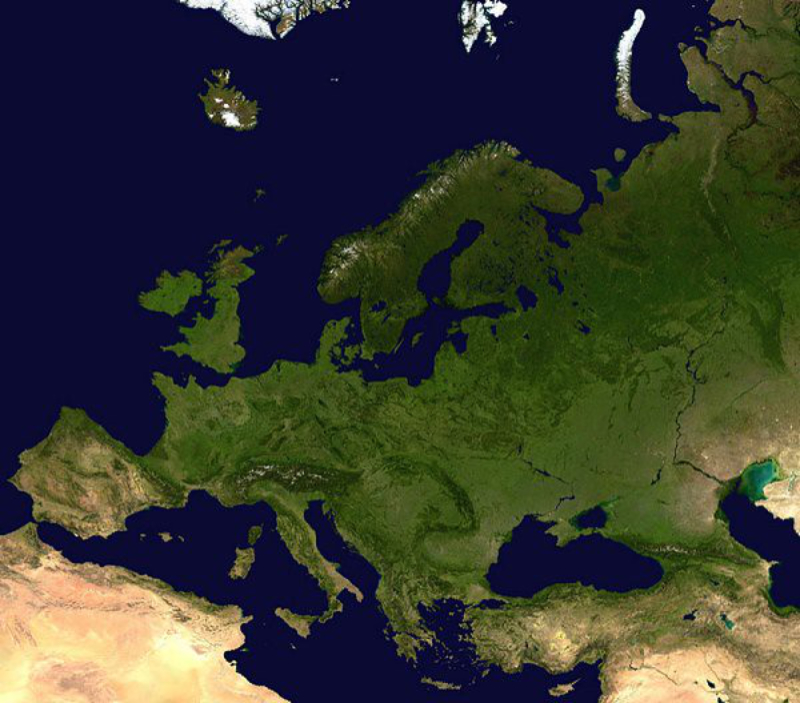With solar supporting 466,000 full-time jobs in the EU last year, trade body SolarPower Europe has predicted the industry will be behind the equivalent of 530,000 roles in 2022.
That is one of the headline figures in the body's EU Solar Jobs Report 2022, published this week.
Under SolarPower Europe's medium scenario for development of the industry – which appears the most accurate when comparing the actual figures with the last medium scenario prediction from the trade group – Europe will need more than 1 million solar workers in 2030, prompting the trade body to warn: “The skilled labor gap may well become the key bottleneck that stops Europe from reaching its energy security and climate goals.”
Industry demands
The membership body used the report to propose tax deductions to attract individuals to train as solar installers, and to persuade companies to provide skills; to call for a planned EU solar mandate for new public buildings to be extended to all structures which have their external surface renovated; and to demand a ban on oil and gas boilers.
The labor-intensive nature of residential rooftop PV meant Poland was Europe's biggest solar employer last year, with its industry supporting around 113,000 positions – 24% of the EU total – helped also by the nation's low labor costs.
The figures
Germany supported 87,000 solar industry roles in 2021; Spain 66,000; the Netherlands 36,000; France 33,000; and Italy 24,000; with Greece the fifth biggest solar jobs marketplace, with the equivalent of 34,000 positions. Spain and France were the only EU member states where utility scale solar supported more jobs than rooftop in 2021.
SolarPower Europe predicted – again under its medium-ambition scenario – Germany would support 204,000 solar jobs in 2026, helped by a 23 GW-per-year solar market and a push on PV manufacturing. The energy crisis will ensure Poland retains 102,000 roles in 2026, despite the planned closure of a rooftop solar incentive scheme which has rocket-fueled its PV sector, the trade body added.
Popular content
Spain, Italy, France, and Greece will continue to be healthy solar job markets in 2026, according to SolarPower Europe, and will be joined by gigamarket new entrant Romania, where low labor costs will help support around 43,000 solar positions, with utility scale-related employment dominant.
The report included useful snapshots of the EU's solar manufacturing industry, highlighting Wacker Chemie as Europe's only polysilicon maker and, extra-EU Norwegian outfits NorSun and Norwegian Crystals two of the continent's three solar ingot and wafer makers, alongside France's EDF Photowatt.
Lithuania's Valeo; Germany-based Meyer Burger; Hungarian fab Ecosolifer; and Italy's 3Sun were Europe's only solar cell producers in 2021, according to the study.
Capex costs
The document also listed capital expenditure (capex) costs for PV across Europe last year, taken from figures supplied by the International Renewable Energy Agency, International Energy Agency, and German research body Fraunhofer ISE.
Hungary and Czechia offered Europe's cheapest solar systems, the report stated, at an upfront cost of €0.38/Watt ($0.38) of installed generation capacity for utility scale systems; €0.50/W for industrial arrays; €0.58 for commercial panels; and €0.86 for residential rooftop kit.
Greece had the bloc's most expensive industrial, commercial, and residential solar costs, at €1.61/W; €1.87; and €2.75, respectively. The nation's €0.76/W figure for big solar was matched, though, in Poland and Spain, and cheaper than the utility scale solar capex recorded in Romania and Denmark (with €0.77/W); Italy (€0.78); Sweden (€0.86); Portugal and France (€0.94); the average value of €0.98 recorded across Croatia, Cyprus, Ireland, Luxembourg, and Malta; and in the Netherlands (€1.07).
This content is protected by copyright and may not be reused. If you want to cooperate with us and would like to reuse some of our content, please contact: editors@pv-magazine.com.



2 comments
By submitting this form you agree to pv magazine using your data for the purposes of publishing your comment.
Your personal data will only be disclosed or otherwise transmitted to third parties for the purposes of spam filtering or if this is necessary for technical maintenance of the website. Any other transfer to third parties will not take place unless this is justified on the basis of applicable data protection regulations or if pv magazine is legally obliged to do so.
You may revoke this consent at any time with effect for the future, in which case your personal data will be deleted immediately. Otherwise, your data will be deleted if pv magazine has processed your request or the purpose of data storage is fulfilled.
Further information on data privacy can be found in our Data Protection Policy.